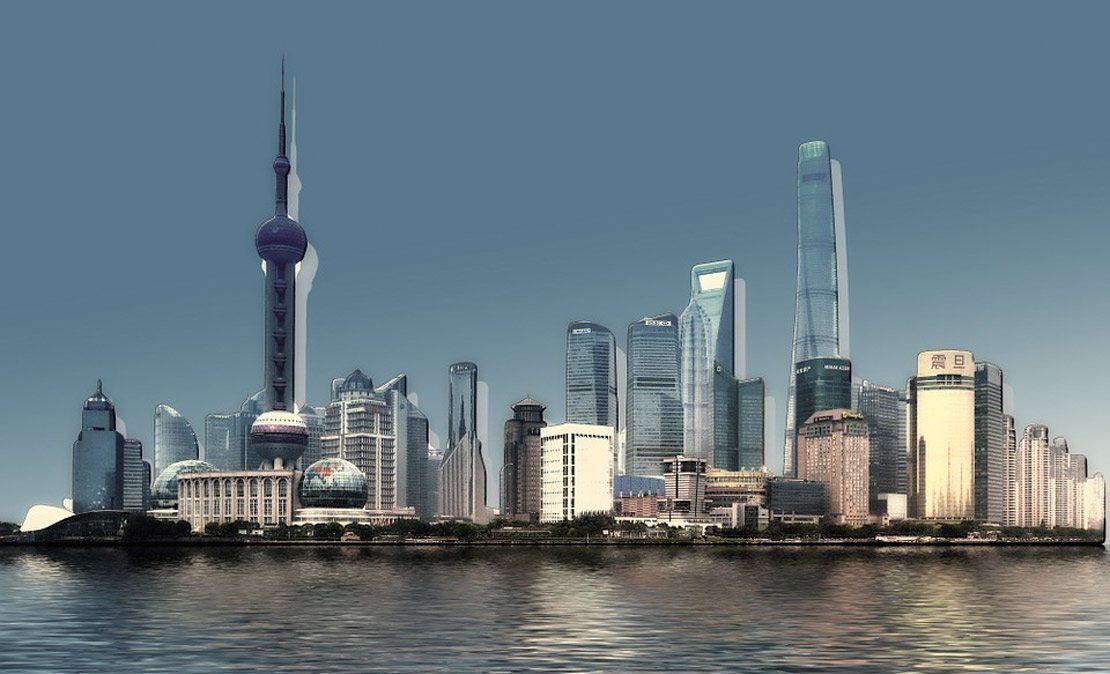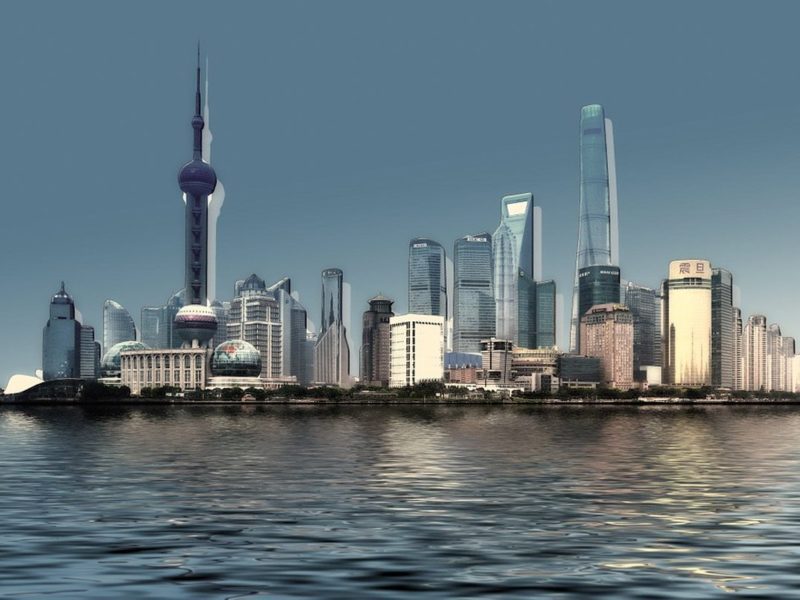
Every year, various cities are given the prestigious title of being the safest city in a certain state, the safest city in the country, or even the safest city in the world. For example, in 2015, according to the Safe Cities Index 2015, an Economist Intelligence Unit report (EIU), Toronto was the safest city in North America.
But what makes a safe city?
When considering a move to a particular area you might look at things like crime rate. You want to know how often homes get burglarized and if it’s safe to walk around at night. But what about the people handing out the gold stars for being the safest city in a region? What are they looking for? Turns out, there’s a lot more to being considered a “safe city” than just crime rate.
Cooperation
It takes a village. Not only to raise a child, but also to keep that village safe. When Cherry Hill Village in Colorado was named one of the 20 Safest Cities in Colorado by SafeWise in 2015, they didn’t credit a low crime rate in earning them that honor. Though, what they did credit probably helped contribute to that low crime rate.
According to their Police Chief, Michelle Tovrea, “You have to have a dedicated mayor and council and staff dedicated to forming policies that help mold what the city wants to be safe.”
They stated that a cooperation between the police force, city officials, and citizens was the main reason for their safety status. The police chief works hard to keep the citizens informed of safety issues and in turn, the citizens do what they can in order to let the police do their jobs.
In their report, those behind the EIU agree that cooperation is key, stating, “Now that a growing number of essential systems are interconnected, city experts stress the need to bring together representatives from government, business and the community before threats to safety and security strike.”
Cyber Safety
Today, everyone is online. Which means, when you think about your future and your safety, you need to think about how to stay safe where you spend a huge chunk of your time; online. That’s why one of the factors considered in the EIU was Digital Security. How likely is it that those in a particular city will be victims of identity theft? How much money has been lost to identity theft? What laws are in place, on a local level, to protect those that do become victims?
Sadly, there are some features that, while put in place in order to help with security, actually make cities more vulnerable. Any wireless systems that report data in real time can help cities track activity but also open them up to cyber attacks.
But, even with the vulnerability factor, digital solutions are being used across the board and should be given the proper safety precautions.
Take a Breath
It may not be obvious to look to the air when choosing a safe city, but pollution is a large factor when considering whether a city is considered safe. This is particularly problematic for popular cities that are attracting large numbers of people at a time. The faster they come in, the harder it is to control the air pollution and air can pollution can have long-term effects on residents.
This factor helped drop Beijing, China to number 30 on the list of safest Asian cities. ““It’s a huge problem for cities that have consistent pollution over protracted periods of time,” says Peggy Liu, chairperson of the Joint US-China Collaboration on Clean Energy (JUCCCE). “It’s driving people away in droves, so retention of talent is a really big problem.”
Other factors looked at in the study were infrastructure (could buildings withstand earthquakes or natural disasters) and personal (the typical factors such as crime rate and illegal activity).
So, when considering a move to a new city, it’s not always obvious what numbers to look at when considering safety. It’s seems a safe bet to look past just crime and dig a little deeper.


 Home Security Also Means Staying Safe Online
Home Security Also Means Staying Safe Online